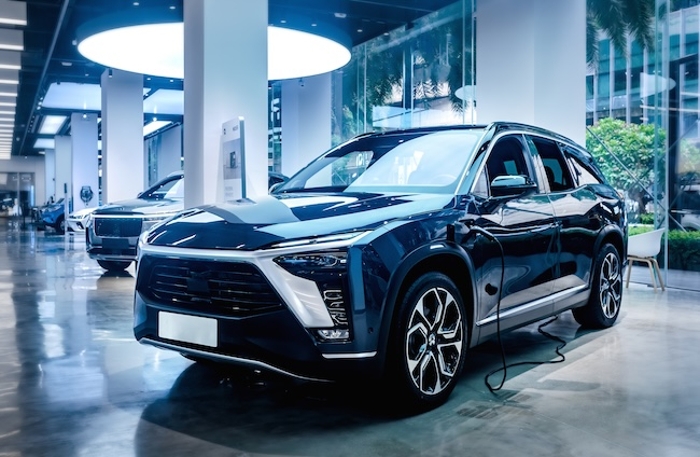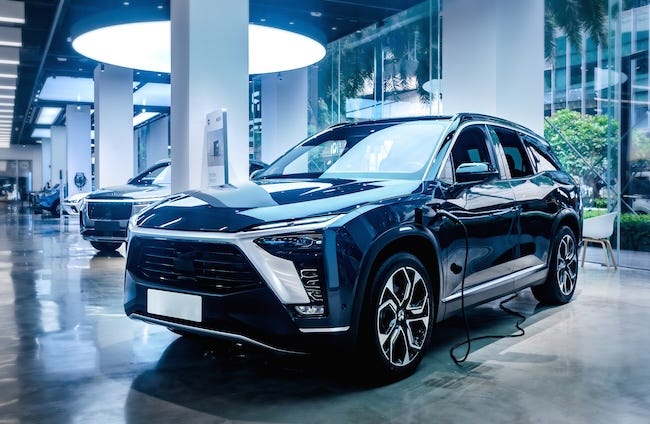
EV ‘Intelligentization’ Steps Out at Chinaplas
The Chinese automotive market gradually regained momentum in 2023, with the performance of new energy vehicles (NEVs) particularly eye-catching. Amid the trends of “reverse joint ventures” and “exporting technology,” Chinaplas organizer Adsale asks what are the materials and processing technologies needed for the NEV sector to bring a safer, more comfortable, and sustainable experience?
According to data from the China Association of Automobile Manufacturers (CAAM), China’s automobile production and sales increased by 8% and 9.1%, respectively, year-on-year from January to October, while NEV production and sales increased by 33.9% and 37.8%, with a market share of 30.4%. Further, NEV exports reached 995,000 units, up an incredible 99.1% year-on-year.
Front grille reflects intelligentization trend
Young consumers are paying more attention to NEVs. Research shows that consumers under 30 years old account for up to 43% of NEV users. In addition, young consumers prefer aesthetically appealing NEVs.

Injection molding technology and new materials are playing important roles in advancing front grille design. Image courtesy of 588ku.com.
As the front facade of a new generation of automobiles, the intelligentized front grille is becoming the mainstream of the industry. Advances in injection molding technology and new materials also play important roles.
Some examples that spring to mind include:
-
The kidney-shaped front grille of the BMW iX series, which adopts Engel’s integration processing to achieve a 3D effect;
-
Magna’s intelligentized front grille, which uses Mezzo panels made of polycarbonate to achieve a highly translucent visual effect;
-
Hyundai Mobis’ use of advanced lenticular lens sheet film to make the lens grille lighting module look slimmer and lighter.
Lighting also a path for intelligentization
In addition to intelligentized front grilles, automakers have injected new ideas into smart car lighting with the help of processing technologies and materials.
For example, the headlights of BYD’s Yangwang U8 model are manufactured using a Tederic NEO M27220 injection molding machine to achieve high-precision results; the headlights of Li Auto’s L9 model are manufactured by large multi-color injection molding machines; and HiPhi uses Covestro’s polycarbonate (PC) for the headlight and LiDAR grilles of its latest luxury SUV. In addition, Wanhua Chemical’s multi-color PMMA adds color to smart taillights without coloring and painting, thereby reducing carbon emissions.
This article is an edited and abridged version of source material provided by Adsale Plastics Network.

Leave a Reply